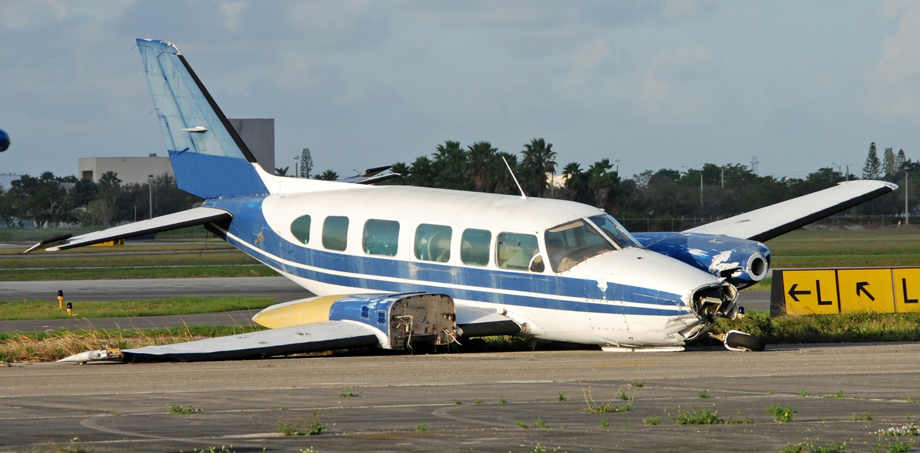CS 25 Structural – Crashworthiness Considerations – Introduced by Sofema Aviation Services (SAS) www.sassofia.com
Using the Acronym – CREEP (occupant protection/survivability):
C = Container
R = Restraint
E = Environment
E = Energy absorption
P = Post-crash factors
Review of CS-25 Structural Crashworthiness Regulations
- Minor crash landing (on land or on water)
- Occupant (passengers, flight, and cabin crew) protection
o Seats, berths, belts, harnesses, and attachments (CS 25.785)
o Static load conditions (CS 25.561 plus flight/ground loads)
– Dynamic load conditions (CS 25.562)
– Structural aspects
– Injury criteria
- Retention of items of mass (equipment, baggage, cargo, carry-on articles, APU’s, fuselage-mounted engines…) (CS 25.561, CS 25.787, CS 25.789) – Requirements to Meet :
o No injury to occupants
o No penetration of fuel tanks / lines, no fire / explosion
o No blocking of escape facilities
o Escape facilities (no jamming of doors) (CS 25.809)
- Fuel tank crashworthiness
o Prevention of fuel spillage (CS 25.963, CS 25.994)
o Fuel tank pressures (separately in all directions)
- Crash conditions:
o Impact at 5 fps vertical velocity @ MLW
o All gears retracted
o Any one or any two (or more…) gears retracted
o Sliding on the ground
o With all gears retracted up to a yaw angle of 20 degrees
o With any one or any two gears retracted with zero yaw angle
o Abrasion / no unacceptable temperature rise should occur within the fuel tanks
o Landing gear breakaway (25.721)
o Engine pod (or pod plus pylon) breakaway (25.721)
- Emergency equipment (such as CVRs and FDRs) (CS 25.1457, CS 25.1459)
“Planned” vs. “Unplanned” Ditching:
- Planned Ditching:
o Time to prepare (dump fuel, close outflow valves,…)
o Minimize impact (lower forward and vertical velocity Vz, aircraft attitude)
o Consideration of impact loads (Vz = 5 fps @ MLW)
o Structural damage and flotation / buoyancy (evacuation time)
- Unplanned Ditching:
- – no time to prepare (e.g. runway overshoot)
o Considered @ MTOW and critical c of g.
o No consideration of impact loads or structural damage, only flotation / buoyancy (evacuation time)
Developments
Special Conditions (*) on Crashworthiness
- To continue to address new / novel design features for CS-25 aircraft, such as:
o Double deck configuration (A380)
o Composite fuselage (A350, B787) => equivalency with existing metal designs
o Evidence Indicates (service history, drop tests, and analysis) that, for conventional metallic aircraft structure, impacts can be survivable up to descent velocity of up to 30 ft/sec (Limit of Reasonable Survivability)
o Need to consider the “CREEP” survivability criteria conditions in addition to CS-25 regulations
Next Steps
Sofema Aviation Services (SAS) and Sofema Online (SOL) provide EASA Regulatory Compliant and Vocational training including more than 20 courses specifically related to Part 21 / CS 25.
For details please see www.sassofia.com & www.sofemaonline.com or email team@sassofia.com
Tags:
Aircraft, aviation, Crash conditions, Crashworthiness, CS 25, Emergency equipment, fuel tank, Occupant protection, SAS blogs, Survivability




